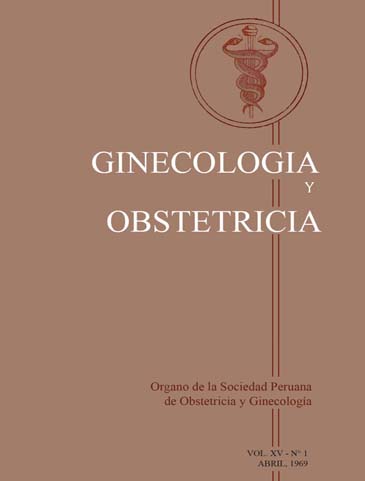Form the placenta and umbilical cord insertion in height and sea level
DOI:
https://doi.org/10.31403/rpgo.v15i830Abstract
After studying 109 placentas from normal pregnancies to term, fulfilled entirely in height (Juliaca, 12,000 feet above sea level), and 100 of sea level (Lima), the results - prior rigorous statistical control - can be summarized as follows: height it found: a) A significant preponderance of "other forms" of placenta, besides round or oval; b) rounded placentas were thicker than those in the group "other forms"; c) it showed oval shape stability proportions. These trends increase with higher age and parity of mother. At sea level there is a relationship between the central insertion of the umbilical cord and newborns of greater weight and size. At altitude, the lack of relationship between cord insertion and weight of newborn means that other factors control the weight of the newborn in hypoxic conditions. At altitude, a significant predominance central cord insertion is present in maternal age. Any superimposed to hypoxia, provocation would increase the tendency to a deviation from normal.Downloads
Downloads
Published
2015-06-11
How to Cite
Chabes y S., A., Pereda G., J., Campos T., L., Monroe, A., Mayorga, A., Barrientos, N., & Pérez, J. (2015). Form the placenta and umbilical cord insertion in height and sea level. The Peruvian Journal of Gynecology and Obstetrics, 15(1), 35–43. https://doi.org/10.31403/rpgo.v15i830
Issue
Section
Artículos Originales
















